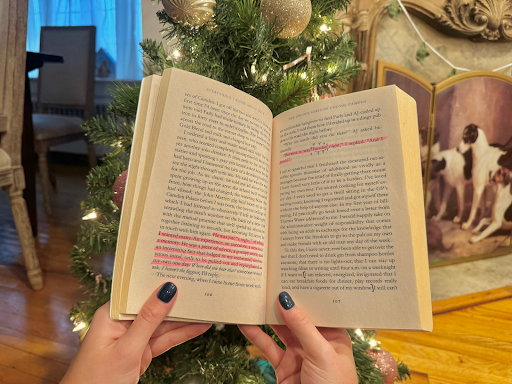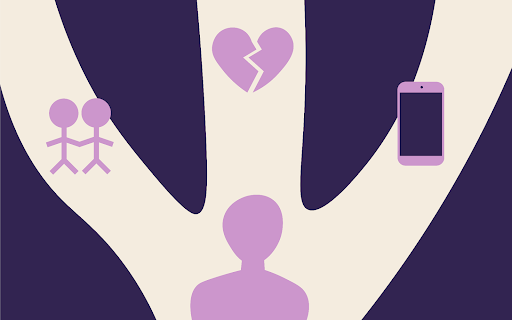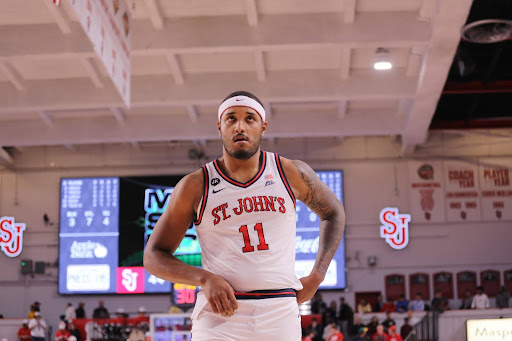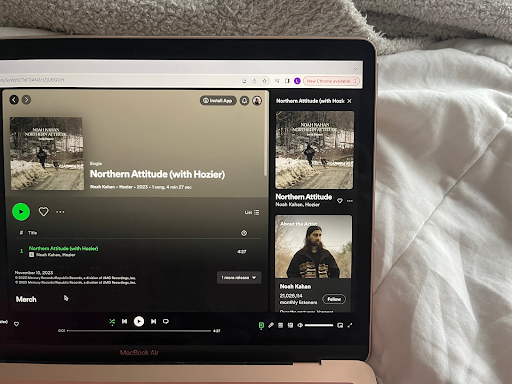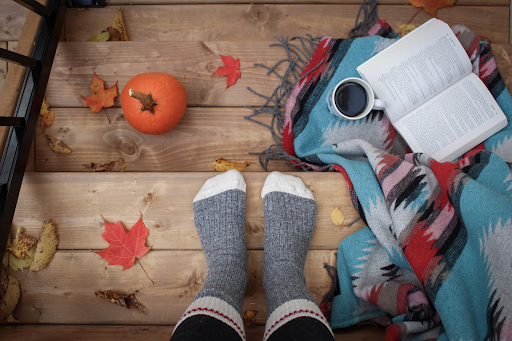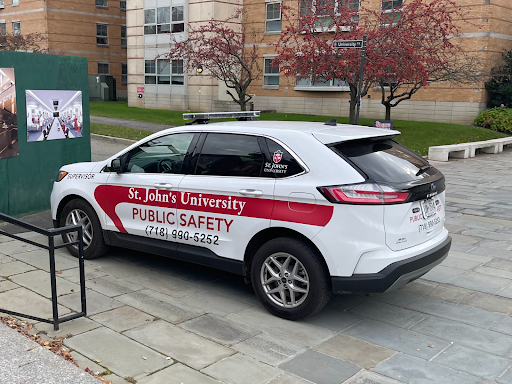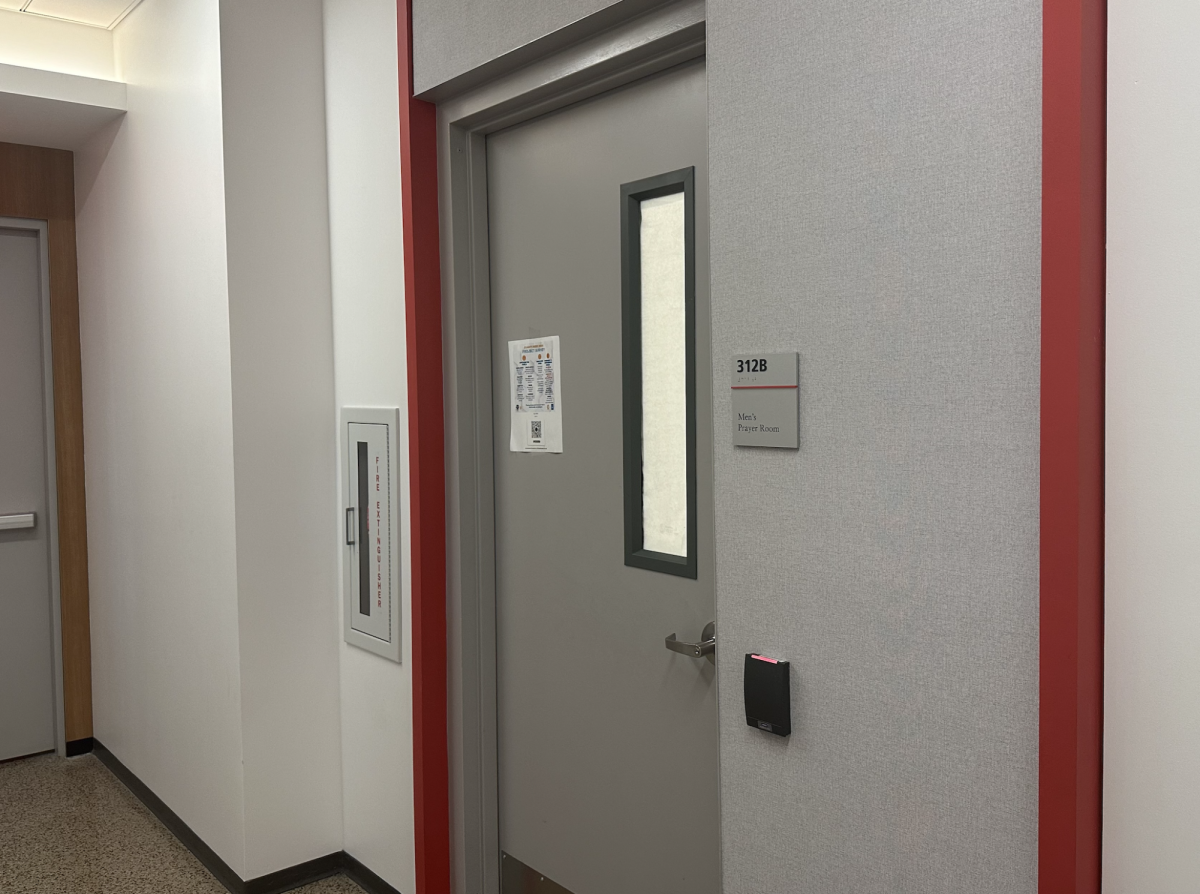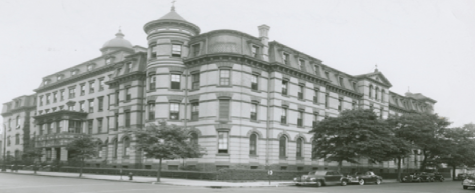
When St. John’s University was founded back in 1870, its first campus was located in Brooklyn. Over the past 145 years, St. John’s went through various changes such as location, demographics, etc.
The Queens campus many people know today was once a golf course, and the idea of expanding the university to Staten Island, or even abroad, was barely a dream. The residence village was inexistent as St. John’s used to be a commuter school.
The history of such changes has been documented through various ways such as photos, documents and different archives. In the fall semester of 2010, Dr. Kristin Szylvian began the Oral History Project as part of one of her graduate oral history class with the purpose of recording and collecting memories of the St. John’s community.
What started off simply as a class project evolved into something bigger and is now part of the official SJU archives.
“We’re trying to get as broad a cross-section and different opinions and views of St. John’s as possible,” Dr. Szylvian said.
“From the student perspective, the administrators perspective, maybe a Vincentian priest for example, or someone who views the University in a more secular way. The idea is to collect all different views about St. John’s.”
According to Dr. Szylvian, the entire format of the project is based on interviews.
She also said that there are interviews with people that graduated as long ago as the 1940s, as well as interviews with famous St. John’s basketball coach Lou Carnesecca and a former student that was part of the Olympic team back in 1950s.
“The ideal is to capture an oral snapshot of the university of certain points in time and it would be valuable for people to be able to do a comparison and look at how the university changes over time, or doesn’t change and remained consistent” she said.
“Many of the early interviews talk about when the University was located in Brooklyn,” Dr. Szylvian added. “A lot of these folks, particularly the men, might’ve gone away for World War II. They came back after the war and began their college careers in Brooklyn.”
She also said that all women in the early years of the university were enrolled in the education program, which is known now as the School of Education.
Dr. Szylvian said that many talk about the move from Brooklyn to Queens, and what was “both gained and lost in that relocation” as well as the changing role that religion and the religious lives of Vincentians played in the University back then and it does now. Other points she stressed included how many years ago, there were no such things as open talks about drugs, alcohol and sexual assault, which is another huge change in the college life nationwide.
“The core of the University mission and values remain unchanged,” she said. However, she believes thwat a lot of things are constantly “renegotiated.”
The process isn’t simply interviewing and storing the recording: there’s a significant amount of preparation that the interviewers go though prior to the interview.
“We need to create standards for the recording,” she said. “That’s the type of thing that was taught in the class.”
She said that once they’re done, they go through the process of properly transcribing the interview.
Michael Bartolomeo is the graduate assistant for Dr. Szylvian in the library science and history departments.
According to him, there are over 30 interviews recorded so far.
Bartolomeo is highly involved in this project as well. He believes that with the technology we have today, a project like this can be helpful in many different ways.
“Now with the given technologies that are available, these [the oral archives] can easily be documented,” he said.
“These can actually be put into the media files and kept by the archives for future research and projects.”
Bartolomeo also believes that this project is a great way to not only keep the St. John’s history, but also for people to see how the University is constantly changing, and how much it differs from years past. The interviewees can talk about whatever they wish about their experience at St. John’s. “In that sense, by capturing the oral history, you capture more than just the newspaper articles and the officially documented things.
These are more of the personable and personal interactions that happens with St. John’s.”
Bartolomeo also expressed that they aren’t looking for all positives, and they do expect some criticism or people that might talk about not only the things changed in the past, but those that still need to change in St. John’s.
About finding people to participate in the project, they have different options. They reach out to the St. John’s alumni connection or just word of mouth.
Dr. Szylvian said that there’s this “Johnny Family” of people that’s connected to others that worked here, studied here, international students, etc.
The graduate class is an elective open for students in many majors, such as library science and history, English, museum administration, education, etc.
She would love to open the class for undergraduate students as well.
“I think that’s important to have that [the oral history project] because it can offer perspective,” Dr. Szylvian said.



